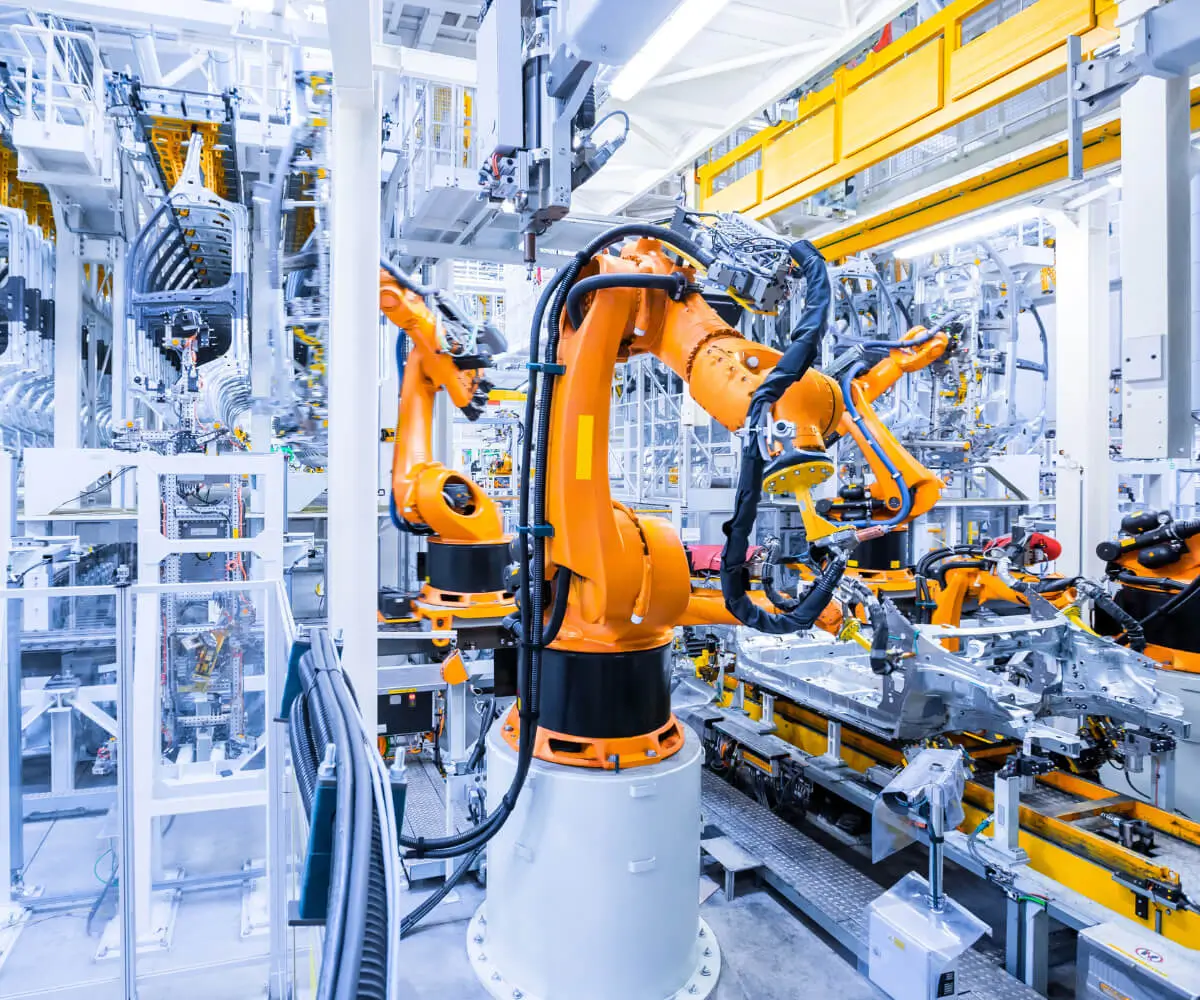Imagine you’re tinkering with a robot arm or a conveyor belt in a manufacturing line. Ever wonder how those machines precisely move with such finesse? That’s where a servomotor steps in—quiet, powerful, and incredibly accurate. At its core, a servomotor is a rotary or linear actuator that allows for precise control of angular or linear position, velocity, and acceleration. It’s like the brain of automation systems, turning complex commands into smooth, ready-to-deploy movements.

Here's the scoop: what exactly does a servomotor do? Think about it like this—if you want a robot arm to pick up a fragile glass, you need it to move just right, just slow enough to not cause a disaster. That’s where a servomotor shines. It can rotate to a specific angle or move along a straight path, holding that position steadily even when external forces try to push it off course. It’s high precision, almost to the point of being uncanny, thanks to feedback systems that constantly tell it how far it has gone and how to adjust.
Now, why bother with a servomotor instead of a regular motor? Power outputs are versatile, yes, but what sets it apart is control. When a factory line needs to switch designs on the fly or a robotic device must execute intricate maneuvers without lag, a servomotor is the hero. You get fast response times, repeatability, and the ability to handle delicate tasks with finesse. Plus, low energy consumption makes these motors both economically and environmentally friendly.
Have you ever played with a high-end drone or a telescopic camera boom? These gadgets leverage tiny, super-efficient servomotors for pinpoint adjustment. It’s their secret weapon, blending speed with accuracy in difficult conditions. And the range of applications? Impressive. Automotive assemblies, CNC machinery, industrial robots, even aerospace equipment—servomotors are everywhere, quietly powering progress.
What if you’re interested in the technical side? Servomotors are often paired with encoders or resolvers—digital or optical devices that keep tabs on the movement. So the system knows exactly where the motor is at any moment. This setup enables that surprising level of control that leaves traditional motors in the dust. That feedback loop is what makes everything so smooth, so precise, so reliable.
Thinking about expanding your automation toolkit? A good servomotor can make all the difference, transforming raw power into precise, controlled actions. No wonder industries are pulling the trigger on these marvels—efficiency, accuracy, and durability wrapped in one sleek package. It’s almost like having a robot’s mind in a motor shell, moving with intent and finesse.
When you look at things this way, the question isn't just “what is a servomotor,” but rather, how much smarter can your machinery get with one? And that’s a thought worth pondering—because better control means better results.
Established in 2005, Kpower has been dedicated to a professional compact motion unit manufacturer, headquartered in Dongguan, Guangdong Province, China. Leveraging innovations in modular drive technology, Kpower integrates high-performance motors, precision reducers, and multi-protocol control systems to provide efficient and customized smart drive system solutions. Kpower has delivered professional drive system solutions to over 500 enterprise clients globally with products covering various fields such as Smart Home Systems, Automatic Electronics, Robotics, Precision Agriculture, Drones, and Industrial Automation.




































